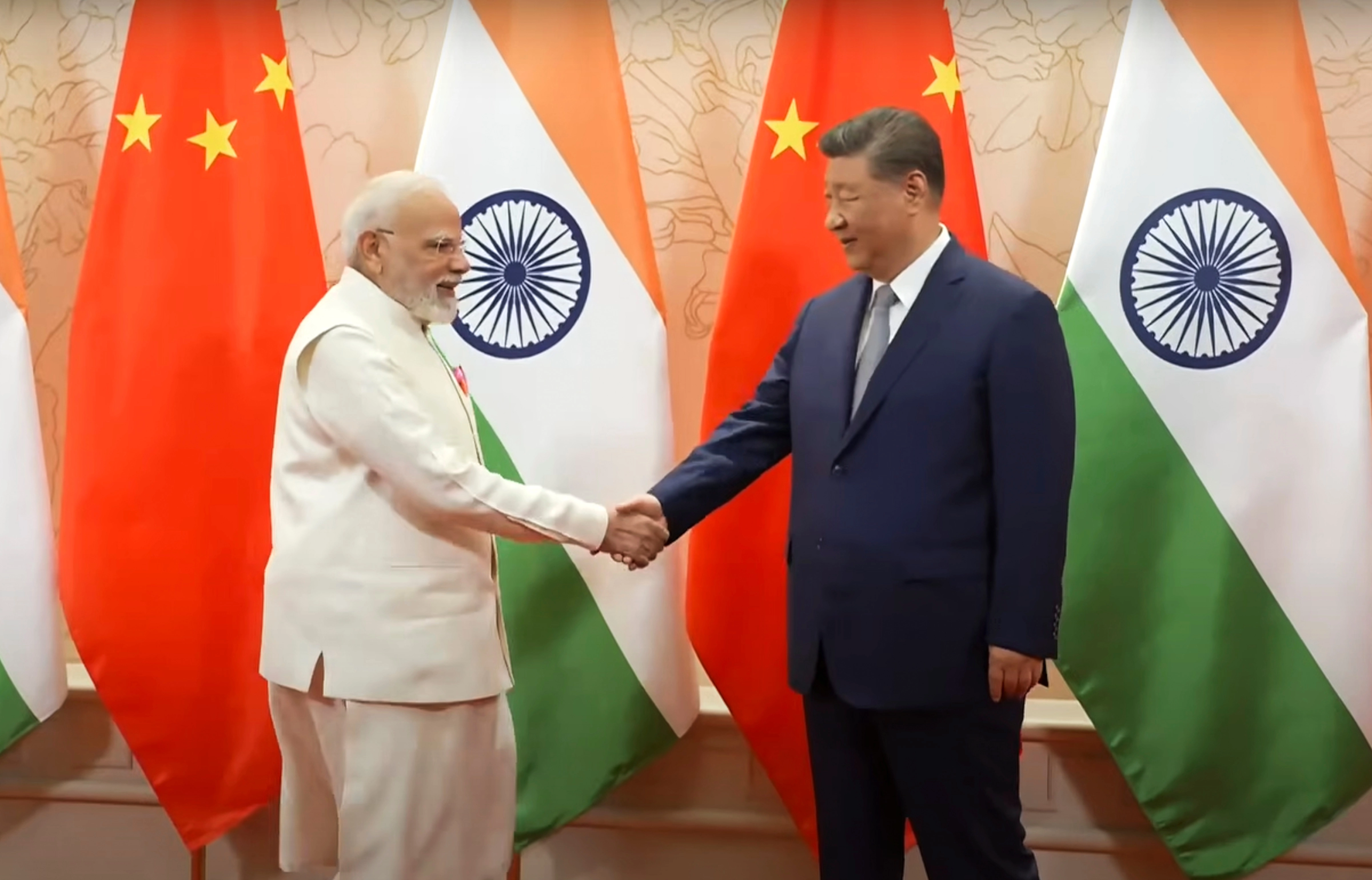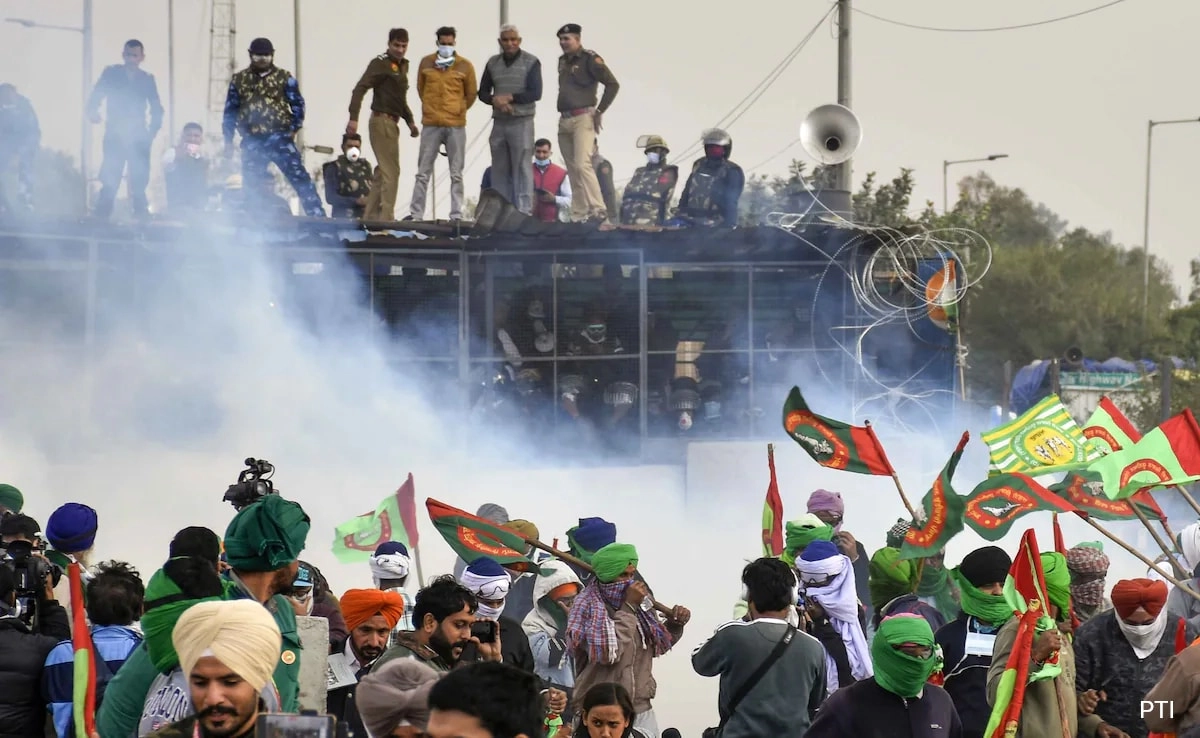Kamal Haasan, the renowned Indian actor and filmmaker, has recently found himself at the center of controversy following the release of his latest film. The situation escalated when protests erupted, primarily in Karnataka, where a significant portion of the local population expressed their dissatisfaction with the film’s perceived disregard for the Kannada language and culture. Activists and fans rallied together, demanding a ban on the movie, arguing that it undermines the rich heritage of the Kannada-speaking community. The protests reflect a growing sentiment among regional groups, who are increasingly vocal about the need for greater respect and representation of their languages and cultures in mainstream cinema.
The conflict arises amidst ongoing tensions in India regarding linguistic identity and cultural pride. Karnataka has a long history of championing its language and literature, and any perceived slight can provoke strong reactions from its residents. Supporters of the protest have taken to social media to voice their concerns, rallying others to join their call for a boycott of the film. This situation has not only highlighted the challenges faced by filmmakers in navigating regional sensitivities but also illustrates the broader cultural dynamics at play in a nation as diverse as India.
Kamal Haasan, known for his outspoken views and commitment to various social issues, has responded to the protests by emphasizing the importance of artistic freedom and the role of cinema as a medium for dialogue. He has urged for a more nuanced understanding of his work, suggesting that art should serve as a bridge rather than a barrier between different cultures. However, the protests have sparked a heated debate about the responsibilities of filmmakers in representing regional identities and the potential repercussions of their artistic choices. In the age of social media, where opinions can spread rapidly, the reactions to Haasan’s film underscore the need for sensitivity in storytelling, particularly in a country with such a rich tapestry of languages and cultures.
As the situation unfolds, it remains to be seen how the protests will impact the film’s reception and Haasan’s career. This incident serves as a poignant reminder of the power of regional identity in shaping public sentiment and the potential for artistic expression to ignite passionate responses. The ongoing dialogue surrounding the film may lead to greater awareness and understanding of linguistic diversity in Indian cinema, prompting filmmakers to approach their narratives with more consideration for the cultural landscapes they depict.




